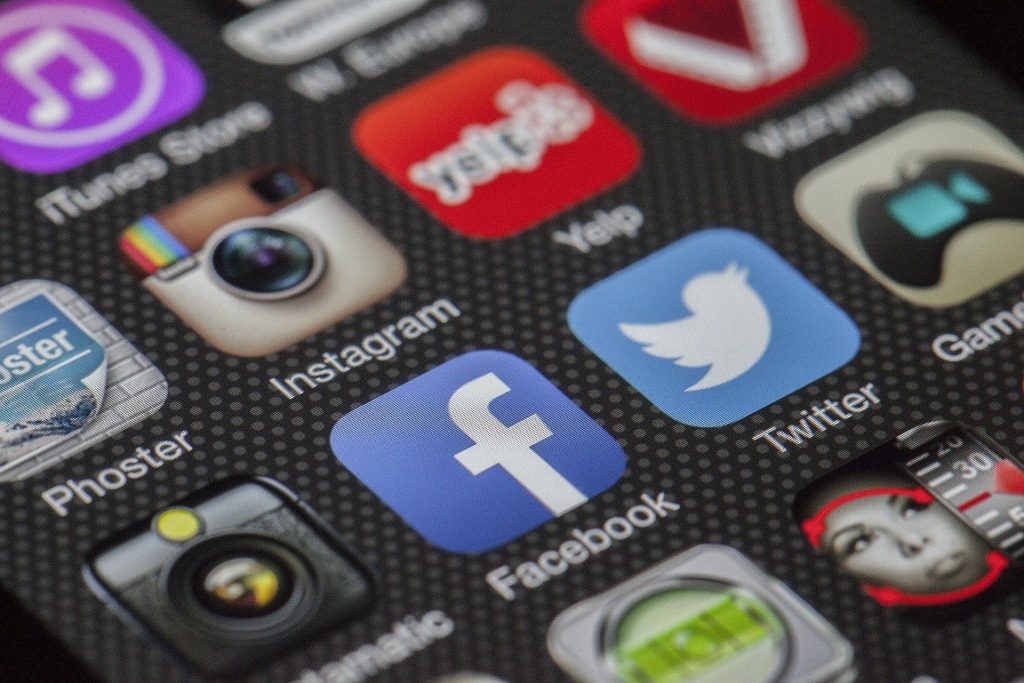17 Social Media
Overview
This chapter covers some social media venues for science communication.
Sections in this chapter
- Get social
- X (formerly Twitter)
- Science TikTok
- Science YouTube

Get Social
Love it or hate it, the most popular venue for science communication is now social media.[1] There are many benefits to science communication using platforms like X (formerly Twitter), Facebook, Youtube, or TikTok:
- Social media can blend personal experiences, worldwide news, and science topics together in a way that grounds science in reality and brings more diverse voices into the mix.
- The content on these platforms is short, visual (limited text), and engaging – everything that makes for effective story-telling to a general audience.
- It becomes easy to ask questions and discuss science with many people, including Nobel Prize winners, in a less intimidating and informal setting.
There are also some downsides to using social media for science communication, and you’re encouraged to read more in this Survival Guide by Science Magazine.[2] This chapter outlines just a handful of examples of effective science communication that use social media but is by no means a comprehensive or up-to-date list. Everyone has their own social media “bubble” and the content of this chapter reflects the author’s personal experience.
X (formerly Twitter)
X is a social media and news site that allows users to post images, links, and text under 280 characters. As a scientist, you might imagine that it is difficult to convey a complex scientific concept in 280 characters! Science communicators in #ScienceTwitter and #SciComm will create threads of posts that masterfully draw in the reader to explain a topic. These threads are formatted similarly to research proposals (see the Proposals chapter): they begin with a hook, some interesting topic, and then dive into the details, before wrapping up with an overview.
Here’s a great example of science communication in an X thread by Gwenaëlle (@getneuro) that has music and images:
Timelapse of me sterilizing a syringe that I filled w/ an adeno-associated virus (AAV).
AAV is bio safety level 2 so I’m wearing personal protective equipment like a face shield. There are 4 biosafety levels, level 4 is the most dangerous and includes viruses like Ebola. 2/5
— Gwenaëlle, PhD (@getneuro) August 27, 2020
Facebook is the default social network in most of North America, and also the main source of news. Links to popular or research articles can be posted on Facebook and discussed or reshared by anyone. Unfortunately, pseudoscience and fake science news are also perpetuated on the same platform, and it can be hard to know what to trust if you are not an expert. As Craig McClain discussed in this PLoS Biology article, scientists doing outreach on Facebook must become “Nerds of Trust” to fight this misinformation.[3]
Science TikTok

As of 2020, TikTok is a new and rapidly growing social platform. Originally designed for lip-syncing to songs, users post short videos with some audio playing in the background. Text usually appears in short speech bubbles that users point to, rather than being spoken out loud. It’s become a short and engaging way to post informational videos about science or relatable videos about being a scientist.[4] It’s become increasingly important in an age of remote and online learning.[5] Darrion Nguyen (@lab_shenanigans) is one of the most popular people in science TikTok.
Science YouTube
For years now, YouTube has been a go-to platform for science videos. Many Science Channels are targeted toward kids, and replace classic science TV shows of the 90s and earlier. One of the most popular science YouTube channels is “SciShow“, where seven days a week, Hank Green, Michael Aranda, Rose Bear Don’t Walk, and Stefan Chin delve into the scientific subjects that defy our expectations and make us even more curious!. Another great channel is by YouTuber Imari Walker, a microplastics researcher and environmental engineer. These channels follow all the science communication tips described in this module: storytelling, knowing your audience, and also flashy science demonstrations!
- Social media for scientists. Nat Cell Biol 2018, 20, 1329. DOI: https://doi.org/10.1038/s41556-018-0253-6
- Science Careers Blog. https://www.science.org/content/article/social-media-survival-guide-scientists (accessed 2022-09-18).
- McClain, C.R. Practices and promises of Facebook for science outreach: Becoming a “Nerd of Trust”. PLoS Biology 2017, 15, 6. DOI: https://doi.org/10.1371/journal.pbio.2002020
- C&EN Blog. https://cen.acs.org/education/science-communication/Chemists-finding-place-TikTok/98/i8 (accessed 2022-09-19).
- Massive Science Blog. https://massivesci.com/notes/science-communication-tiktok-social-media-education-outreach-squid-genes/ (accessed 2022-08-27).
- Nature Collection Blog. https://www.nature.com/collections/gbhiidjaha (accessed 2022-08-24).

